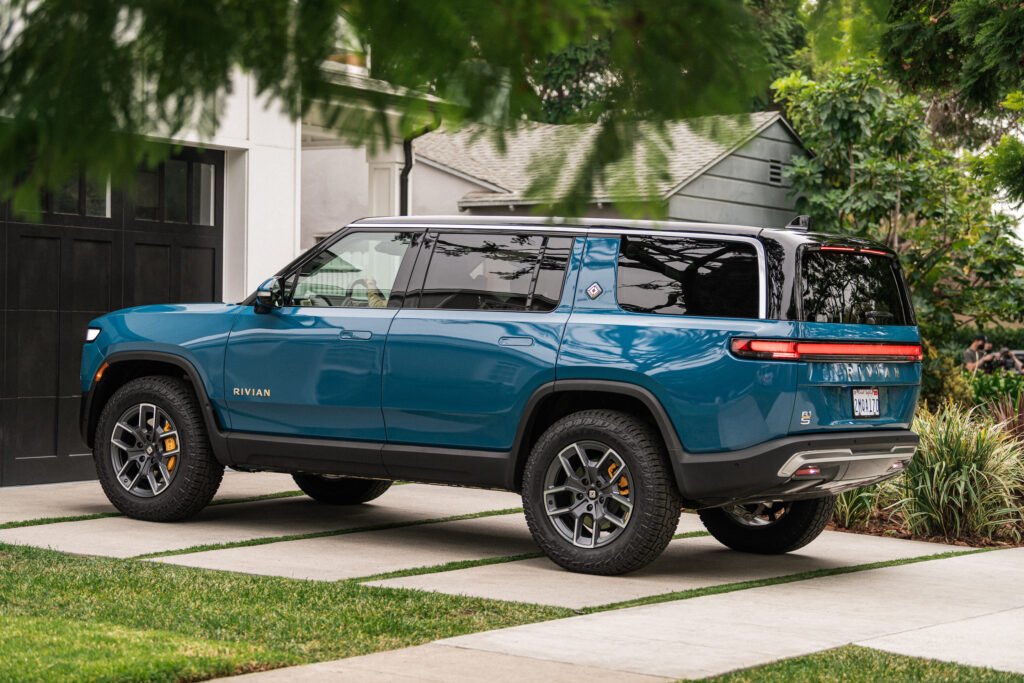Rivian stock has been soaring over the past three months, and here’s why that could continue.
Investors might not fully appreciate what Rivian (RIVN -5.23%) has already accomplished so far in its young history. Establishing an automaker from the ground up amid a complete industry transition from internal combustion engines to electric vehicles (EV) has been a tall task. Consider that 99 automakers starting with the letter “A” alone have gone bankrupt in past decades.
The great news for long-term Rivian investors is that the company has a real chance to succeed, and the second quarter is showing just how much progress the company has made with its operations and cost reductions. Let’s dig in!
Devil in the details
There have been quite a few technical improvements in company operations. One of the most overlooked improvements made over the summer came when Rivian updated its R1 vehicles to the second generation. While adding premium trims and new paint options could help spur demand, the big victory was efficiency gains and cost reductions.
More specifically, the second generation R1 body was reengineered by eliminating 65 parts and reducing nearly 1,500 joints. In addition to the body improvements the company improved cycle time through the entire plant to increase vehicle production rate by 30%. Further, the second generation R1 includes the new in-house Ascent Tri drive unit which improves performance and lowers manufacturing cost by about 32%. The Enduro Dual Performance drive unit even further drops that cost, as you can see below.
Image source: Rivian Q2 presentation.
Another example found while digging through the details was the R1 front crossmember of its battery pack, which has been reduced by the use of high-pressure die casting that enables a 47% cost reduction. Rivian went from 17 electrical control units (ECUs) to seven, which removed 1.6 miles of harness length and significantly lowered ECU cost.
Those previously mentioned improvements, combined with commercial cost improvements and commodity tailwinds, are expected to create a 20% material cost reduction when comparing vehicles produced in the first quarter of 2024 to what will be produced in the fourth quarter of 2024—critical to the company generating positive gross margins this year.
Ultimately, combining many of the cost reductions and efficiency improvements, Rivian improved cash used in operating activities by 41% compared to the first quarter of 2024. Developments like this are the difference between a company that will continue to attract investments, such as Volkswagen‘s commitment of up to $5 billion, and companies that shutter their doors, such as Fisker.
What it all means
Volkswagen’s commitment and upcoming joint venture bring up a development that some investors overlook: the company’s in-house software creation. Rivian develops the vast majority of its software, which was intentionally designed to be scalable and applicable across many varied hardware configurations. Essentially, Rivian’s vertically integrated software platform could potentially be used by other automakers that invest in Rivian for joint ventures, such as Volkswagen, or perhaps in a licensing deal that could generate revenue for the company far down the road.
The most important things for investors to watch going forward are the company’s ability to reduce costs, keep deliveries churning at forecast levels, and to reach positive gross profit during the fourth quarter. Already Rivian has improved its loss per vehicle, which moved from a $38,700 per vehicle loss during the first quarter down to $32,700 per vehicle during the second quarter.
Rivian’s second quarter wasn’t enough to convince the markets to push the stock higher, but keep in mind that Rivian shares spiked over 90% higher between May and the middle of July. If investors dig into the second quarter details, there was plenty to like with cost reductions, efficiency improvements, and its runway of cash that is expected to last into the production of R2 vehicles in 2026.
Daniel Miller has no position in any of the stocks mentioned. The Motley Fool has no position in any of the stocks mentioned. The Motley Fool has a disclosure policy.

